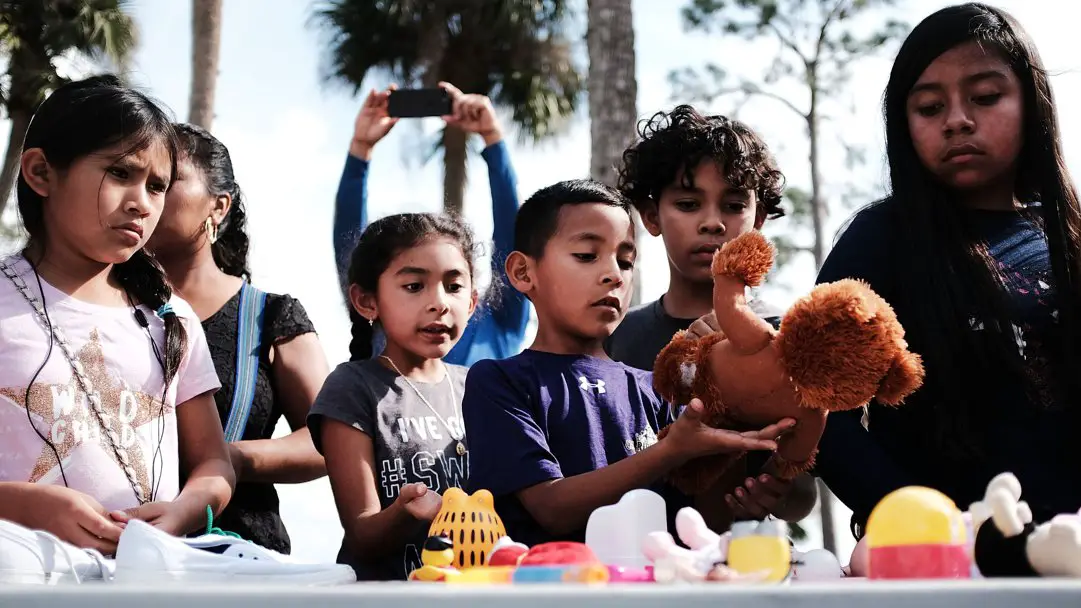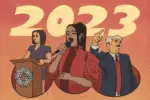On Thursday in Washington, D.C., the Department of Health and Human Services told members of Congress that some of the immigrant children collected and sponsored to live in the United States last year can no longer be located. Exactly 1,475 children are missing.
President Trump tweeted about the issue on Saturday morning, spinning it to put blame on the Democratic party.
Put pressure on the Democrats to end the horrible law that separates children from there parents once they cross the Border into the U.S. Catch and Release, Lottery and Chain must also go with it and we MUST continue building the WALL! DEMOCRATS ARE PROTECTING MS-13 THUGS.
— Donald J. Trump (@realDonaldTrump) May 26, 2018
Trump said that Democrats should be pressured to dispose of a law that divides children and parents once they cross the U.S. border; however, he is spreading false information that is unrelated to the issue of the lost children, as they weren’t separated from their families.
The 1,500 lost immigrant children, in fact, all arrived at the Southwest border of the U.S. unaccompanied, and most were fleeing their native countries for reasons concerning their own safety. So, no, the immigrant children did not face forced separation from their parents, as they arrived alone.
Although the statement did not hold true, Attorney General Jeff Sessions did create a new “zero tolerance policy” earlier this year. An unknown number of children have been separated from their parents since last October, and with the new policy, that number will continue to rise.
Last month, the Department of Health and Human Services released the number of lost children to a subcommittee of the Senate, which presents another question associated with the issue: What exactly qualifies an immigrant child as “lost”?
Basically, after placing immigrant children with sponsors to live with, the department calls to check on the children. After calling to check on the 7,635 children placed during the last few months of 2017, they realized that 1,475 of them remained unaccounted for.
Despite the fact that they were unable to locate the children, all 1,475 of them might not be indefinitely lost. The Department of Health and Human Services could have been unable to reach the family, or the family could have declined to answer questions.
Although such scenarios don’t improve the situation, they do suggest that some of the children might not actually be lost. For example, some of the sponsors themselves might be considered illegal immigrants, explaining why they wouldn’t want to contact the federal government.
The agency from the Department of Health and Human Services also claims that once the sponsor families pick up the immigrant children, they hold no legal responsibility for the children themselves. Subsequently, they argue that the issue of the 1,475 missing children doesn’t fall into their hands, and they refuse to take any blame for the situation.
Similar to many other recent political issues, the details of the problem have become unclear, but one thing holds true: 1,500 immigrant children that the United States Department of Health and Human Services supposedly helped into safe homes can no longer be located, and nobody wants to take the blame for it, so take with that what you will.

















